Installing an above-ground pool in a backyard provides an economical way to enjoy water activities during the summer.
Conversely, in-ground pools typically require more investment for both construction and ongoing maintenance.
However, one thing is common that needs to be conducted for both pools, and that is winterizing the pool, or we can call it closing the pool during off seasons such as winters.
In this article, we will talk about the above-ground winterization process.
In this process, we will discuss an essential element: how to remove steps out of an above-ground pool in the ground.
So, let’s get started with understanding the necessity of winterization.
Why Pools Closing or Winterization Important?
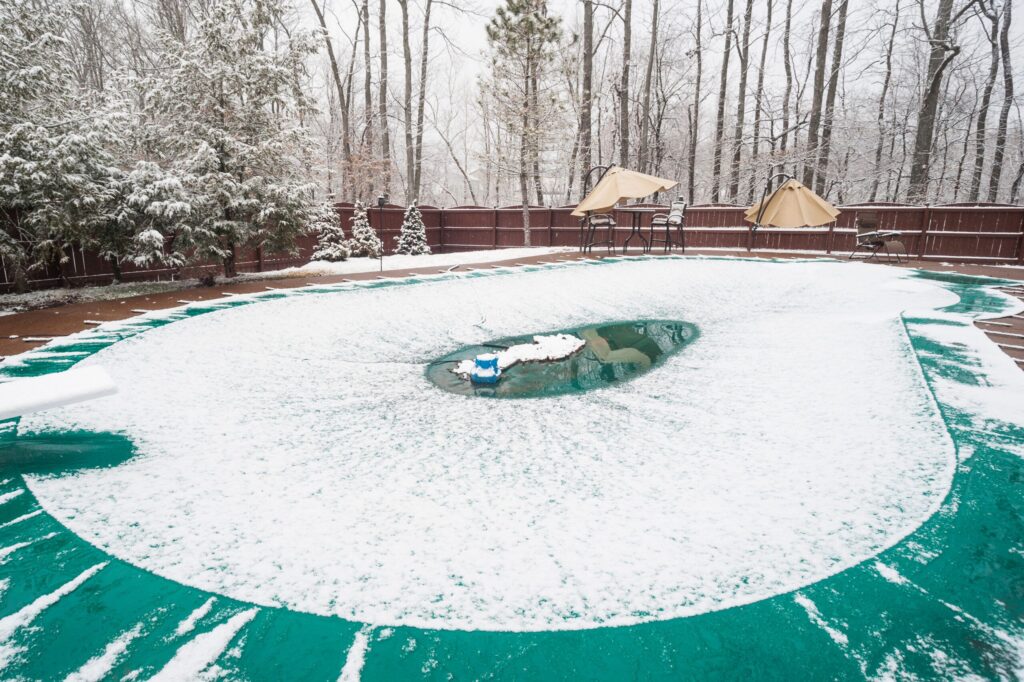
Closing the pool properly during off seasons is a very important process to extend pool life spans.
Above-ground pools are especially fragile compared to in-ground or constructed pools. If they follow maintenance instructions, they can be considered durable for 7 to 15 years.
However, above-ground pools come in a kit format where installation, care, and maintenance manuals are provided, and almost any brand’s pool kit highly recommends pool winterization.
So, if the owner of an above-ground pool skips this step, they might suffer a huge sum to repair them or probably it will end up discarding the pool.
Here are a few threats the above-ground pull owner might encounter if the owner skips the winterization process of the pool
1. Unsupervised Entry Leads to Unfortunate Incidents
If proper closing of the pool has not been conducted, it can lead to a mishap. Especially with the kids.
Hence, all above-ground pool manufacturers advise deactivating a pool if not used.
2. Reduces the Life Span
However, it applies to every worldly thing; if the object is not in use and left unmaintained, it can be damaged.
The same applies to the above-ground pool, where it will be damaged if it is not sealed during off seasons.
The temperature drop, especially in the winter, can cause freezing.
Eventually, pool equipment, such as plastic or PVC accessories like pool liners, water pipes, ladders, etc., starts enlarging due to frost, damaging the equipment.
Meanwhile, metal equipment encounters rust or corrosion due to the constant touch of water, causing it to lose its strength.
3. Promote Dirt in The Area
It is a major possibility to add unwanted dirt and debris in and around the pool due to exposed pools.
However, if the above-ground pool is not covered well, dust, garden waste, or other dirt can easily gather up in the pool. Ultimately, it will infuse bacterial properties in the area.
The above-discussed factors can lead to major damage to the above-ground pool and its accessories.
Now, let’s move further and see an important thing to protect an above-ground pool: ditching the above-ground pool ladder or steps.
Removing Steps or Ladders Out of The Ground Pool

Most of the time, the ladders or steps are included in the above-ground pool kit. However, some manufacturers won’t provide them, and the owner has to buy them separately.
These steps are made of different materials, such as plastic, vinyl, stainless steel, etc.
Some above-ground pools have decks, so the steps are attached only inside the pool, whereas some deckless pools have A-shaped ladders to enter and exit easily.
However, in any case, the steps need to be removed while closing or winterizing an above-ground pool.
These steps need to be disassembled to cover the pool properly. Here, we have shared the process of removing the pool ladders.
- After discarding the water from a pool, disassemble the bolts of joints and brackets using demounting tools.
- Lift the ladder out of an above-ground pool gently. It might need the assistance of another person. So, make sure to have a helping hand during the ladder or step removal process.
- Don’t add pressure on the handrail to lift the ladder set. It might cause damage to the handrails. Instead of it, try to lift it from the bottom.
- After pulling the steps out of the water completely, lie them down and let the water thoroughly from the ladder.
- Dry up the ladder and place it in a safe area like a garage or basement. If you don’t have storage space, wrap it up properly and store it in the vacant area.
- While doing the step detachment, try to keep all the assembling accessories, tools, etc., in the same place where the whole above-ground pool set is placed. This will be very helpful in the future reinstallation of the pool.
Conclusion
Owners of above-ground pools or anyone who wants to buy one are not aware of so many aspects regarding this price-worthy product.
So, most of the time, they end up suffering losses. Winterization is an important process that every owner should conduct during off-seasons.
So here we have elaborated some worthy information about above-ground pool winterization and described an essential aspect: how to remove the steps from the above-ground pool.

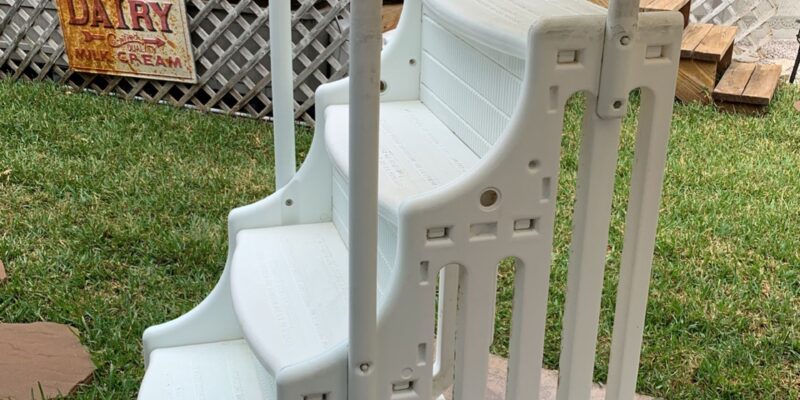
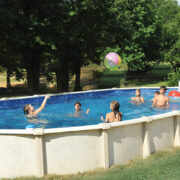

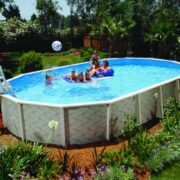


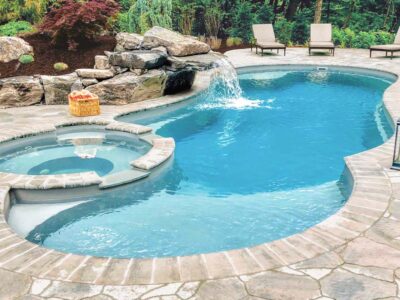

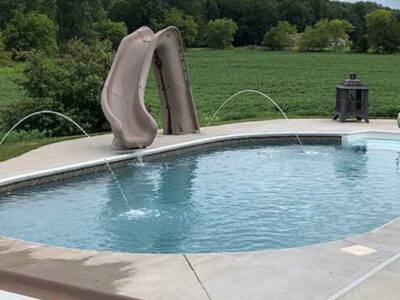
Comments